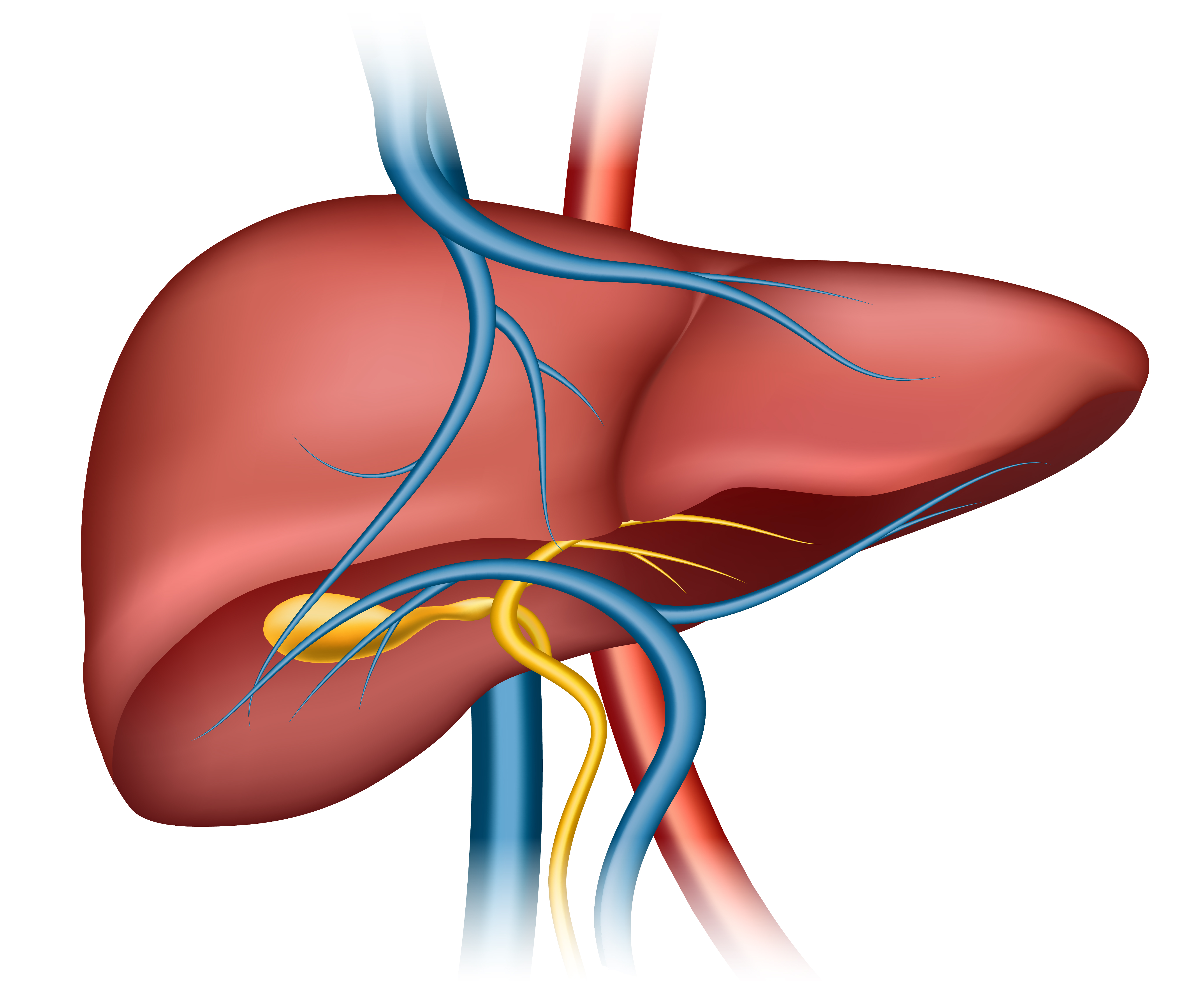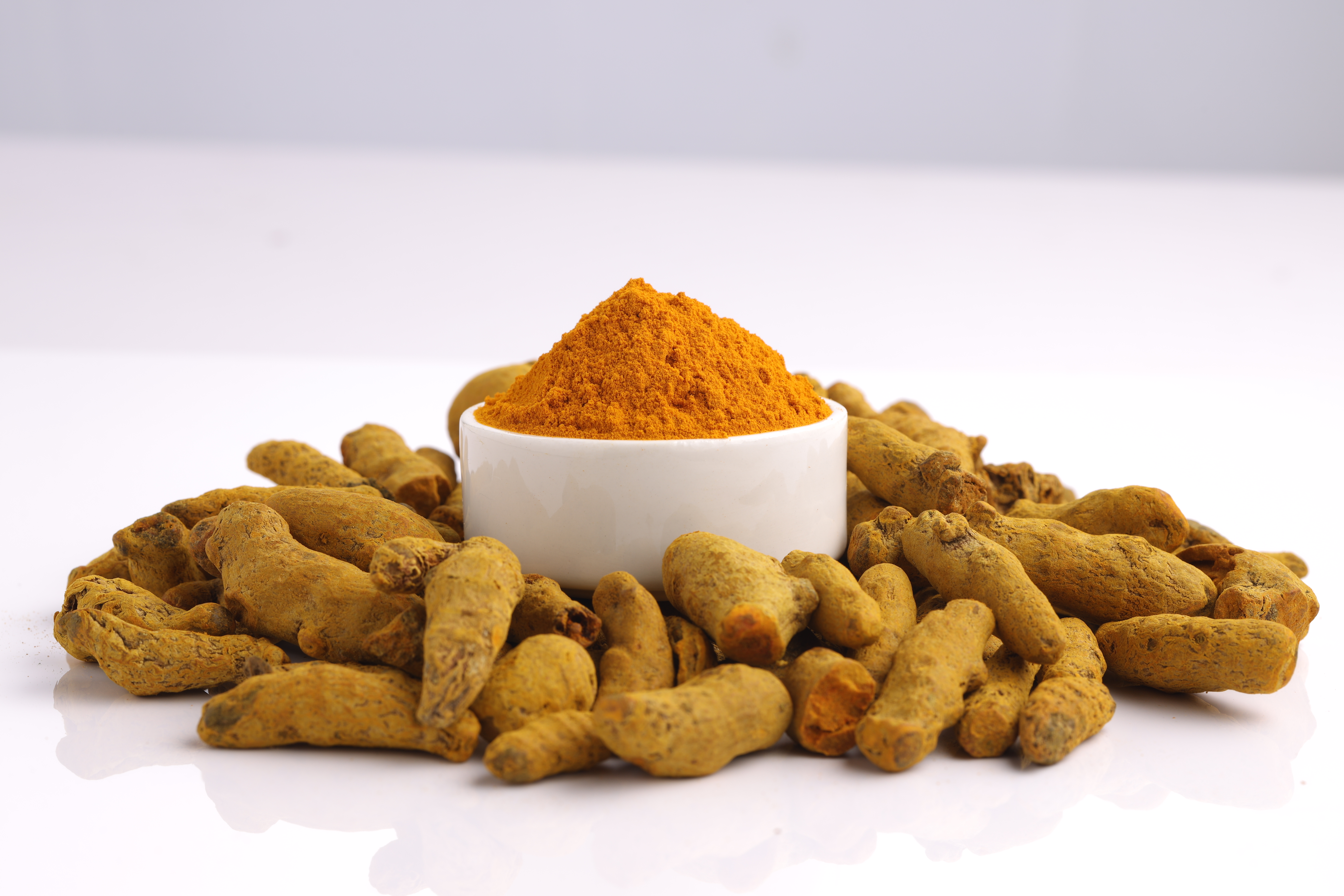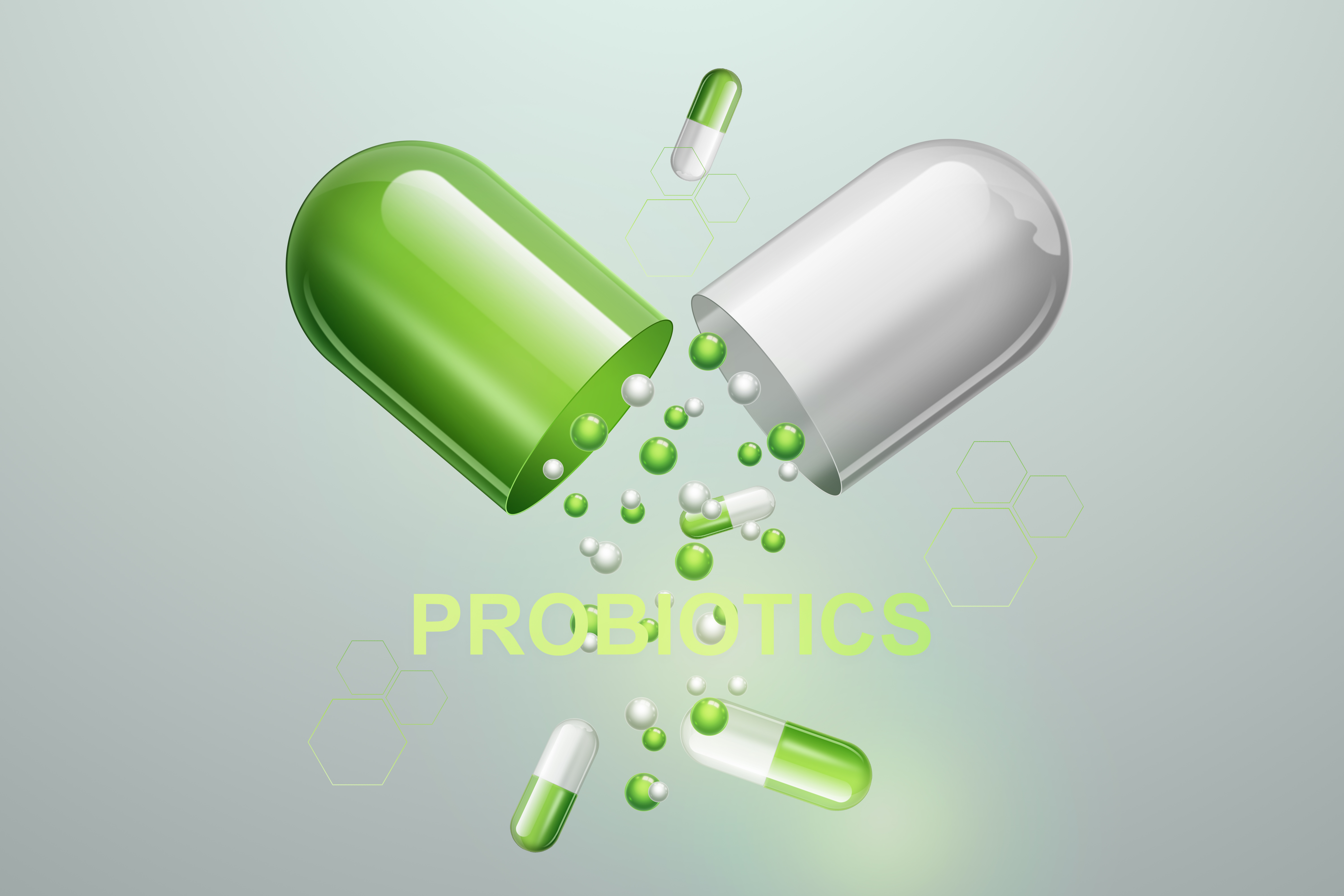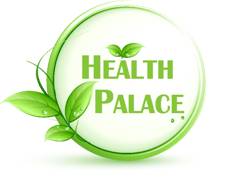What happens to your Body when you Detox? | 10 Ways to Detox your Body Naturally
Cleanse, Detoxification or Drainage...?!
A good start for a healthier lifestyle is detoxification. It helps to regulate the metabolism; also it will help to reduce or eliminate many chronic symptoms like headaches, and hormonal imbalances. But which one is helpful for metabolic detoxification, cleanse, or drainage?!
The process of detoxification starts at the cellular level. All the cells in our body participate in a different level of detoxification. Toxins will be neutralized to the less harmful or non-harmful metabolites and eventually eliminated via specialized organs.
Detoxification occurs through a specific metabolic pathway involving several enzymatic reactions to make the toxins soluble and neutralized so that they can be transported and eliminated safely via organs like the kidney and liver. Besides every individual cell, major organs involved in this process are including the Liver, Kidneys, Gastrointestinal tract, Skin, and Lungs.

There are different types of toxins, some are from our environment and food; while, others are produced naturally as a result of our cells' functions and metabolism. Studies support that specific phytonutrient, vitamins, and amino acids can help with cellular detoxifying enzymes to metabolize dangerous toxins into harmless or less harmful substances.
Toxins build up in the body is the result of toxin overload. Many toxins are fat-soluble and that makes them easily transported through the lipid cell wall; while, the water-soluble substances require a specialized transport protein, so the cell will only allow selective water-soluble molecules to enter.
Since toxins are fat-soluble, they are easily able to incorporate themselves into the cells and tissues where they may stay for a long time, if not for a lifetime. Higher concentration of fat in the structure of brain cells and the endocrine (hormonal) glands makes them be common sites of accumulated fat-soluble toxins.
Hormonal Imbalance such as PMS, breast pain, Infertility, Adrenal exhaustion, and many more could be related to toxin accumulation in the organs for a long time.
Knowing how toxins can interrupt cellular function and cause harm over time, will help to understand the importance of proper detoxification. A colon cleanses or kidney cleanse can't be a substitute for detoxification. Even though; these organs play an important role to eliminate the toxins and need to be supported during detoxification, cleansing of these organs alone will not be much helpful to get rid of the trapped toxins in the tissues or Interstitial fluid, and those circulating toxins in the blood and lymphatic system.
Generally, there are three steps or phases involved in removing undesirable or harmful lipid-soluble toxins. These phases are performed by three sets of cellular proteins and enzymes. Phase I (transformation) and phase II (conjugation) enzymes, and the phase III (transport) proteins.
Detoxification enzymes are unique in their ability to react with many different compounds, which means one enzyme can metabolize several toxins. These enzymes are found in a higher concentration in those organs of the body that are more exposed to the toxins (like the liver, intestines, or lungs). Also, the production of detoxification enzymes can be increased in response to toxin exposure.
The liver is the main organ in detoxification; also, significant amounts of detoxification occur in the intestine, kidney, lungs, and brain. As it was mentioned before, cells throughout the body perform the detoxification steps but on a smaller scale.
Steps of the Detoxification:
Step one
Phase I:Transformation: The enzymes involved in this phase are responsible for chemically transforming lipid-soluble compounds into water-soluble ones. This step is required before phase II begins. The majority of transformation reactions are performed by a group of enzymes called the cytochrome P450s (CYPs).
Products of the Phase I Detoxification are more water-soluble but they are not enough soluble to be immediately eliminated from the cells. Also some of the compounds from phase I are more reactive and destructive than their original form.
Cytochrome p450 enzymes are at a higher concentration in the liver cells and intestinal wall cells. Based on studies, P450 is responsible to beak down 50 % of drugs on the market. This starts even before the medicine reaches our main blood circulation. Depending on how quickly P450 could break down a drug in an individual, the effective dosage is set.
Nutritional factors are important to promote further Phase I Detoxification while they can balance it with Phase II. These nutrients are including:
SGS (from Cruciferous vegetables such as cabbage, broccoli, and Brussels sprouts), EGCG, resveratrol, alpha-lipoic acid, Alpha-tocopherol, NADH, riboflavin, niacin, magnesium, iron, Zinc.
A detoxification program needs to provide a balance between Phase I and Phase II. Many of the compounds produced from phase I are potentially more dangerous and toxic than the original toxins. Compounds from phase I should be further neutralized by going through phase II of the detoxification as quickly as possible.
Some factors contribute to increasing the Phase I detoxification and consequently increase the risk of harm to the cells. some examples of those factors include; alcohol, consuming vegetable oils, chard meat, smoking, and some medications. And aging will cause a reduction in producing the Phase I and II enzymes.
Some natural compounds are also able to inhibit the P450 functions. This situation can cause substantial problems as it makes toxins potentially more damaging because they remain in the body longer before detoxification.
Grapefruit contains flavonoid naringenin and about 8Oz of the grapefruit juice can decrease P450 activity by about 30%.
Curcumin is a natural yellow color compound found in Turmeric. It interestingly inhibits phase I while stimulating phase II. Curcumin has been found to inhibit carcinogens such as benzopyrene (found in grilled meat). It works by lowering the activation of carcinogens while increasing the detoxification of those that are activated. Chemicals in cigarette smoke are carcinogenic between phase I and final detoxification by phase II,
Chemicals in cigarette smoke are carcinogenic between phase I and final detoxification by phase II,
Other sets of enzymes in Phase II of the detoxification are necessary to reduce the toxicity of the phase I resulted in compounds and make them, even more water-soluble.
Step two
Phase II: Enzymatic Conjugation: The activity of the Phase II enzymes plays an important role to prevent mutations.
Production of Phase II enzymes is via the response of a protein called nrf2 to the products of phase I. This protein will react to the presence of the toxins and will signal our genes to produce Phase II detoxification enzymes and molecules such as; Transferase Enzymes (UGTs, GSTs, SULTs...), glutathione, and superoxide dismutase (SOD).
Enzymes in this phase by using or adding amino acids like Glutamine, Glycine, NAC, Cysteine, Methionine, Sam-e, Glucuronic Acid, and Glutathione to the harmful toxins make them less harmful to be safely eliminated.
Methyl transfer as enzymes through a chemical process called methylation use sam-e to detoxify excessive adrenaline or dopamine.
Nrf2 can be activated by some natural phytochemicals like Sulforaphane glucosinolate(SGS) in broccoli and xanthohumol from hops.
Many of the highly carcinogenic toxins such as Bisphenol-A (from Plastics), Benzopyrene (From the burning of organic carbon-containing items, e.g., cigarettes, gasoline, wood, grilled or charcoal-broiled foods), Food preservatives, pesticides, medications, and those produced by our cells like steroids, excess adrenalin and dopamine are processed in phase II and get ready for elimination via bile or urine.
Natural medicines to help with phase II detoxification include Calcium D-glucarate, D-limonene (a compound from citrus oil), Glutathione, I3C, Lipoic Acid, L-Methionine, L- Cysteine, N-acetyl cysteine, Sam-e, SGS ( from Broccoli seed extract), and silymarin ( from milk thistle).
L-cysteine, L-glutamic acid, and glycine are forming the molecular structure of Glutathione. NAC, l-Methionine also promotes glutathione production and encourages phase II detoxification pathways in the liver.
Silymarin promotes detoxification in various ways. Silymarin's high antioxidant capacity lowers oxidative stress resulting from toxin metabolism, especially lipid peroxidation. This again reserves glutathione levels in the cells.
Step Three
Phase III: Transport or Elimination phase: In this phase the less harmful and neutralized toxins get eliminated mainly via bile, and urine.
Increasing bile flow helps to prevent the accumulation of toxins in the liver and gallbladder. This is even more important when taking certain pharmaceutical medications which can impair the bile flow and as a result increase the amount of toxic waste in the liver causing liver damage.
Artichoke protects the liver and stimulates bile flow. Artichoke can prevent bile flow impairment. Also, medicinal herbs such as Cumin, Dandelion, Fennel, Garlic, andYarrow contain a similar compound stimulating bile flow.
Chlorophyll's unique chemical structures make it bind and trap toxins in the intestine preventing their absorption.
Alpha-lipoic acid promotes the biliary excretion of inorganic mercury and may help regulate heavy metal-induced oxidative stress.
Cilantro and chlorella have been used in supporting the body in maintaining healthy metal levels by regulating common heavy metal exposure and distribution in tissues.
Selenium-based on multiple studies binds to mercury reducing the biological availability of mercury.
Probiotics of certain strains may reduce toxin exposure by trapping and metabolizing external toxins like heavy metals including lead and cadmium.
Also, Some probiotics by producing butyrate (a short-chain fatty acid) can increase the production of some of the phase II detoxification enzymes (GST) in the intestinal cells.Bifidobacteriumlongum (BB536) is one of the probiotics with the ability to reduce the toxicity of Heterocyclicaminescompounds (formed when meat is broiled or charred). These compounds are high in the human diet and linked to inducing abnormal cell mass formation. A study found supplementing rats with BB536 will help them to maintain healthy cells in the colon, small intestine, and liver.

Modified Citrus Pectin due to its lower molecular weight in comparison to other pectins can pass through the intestinal wall. Modified Citrus Pectin contains a molecule called rhamnogalacturonan II working systemically by binding with some heavy metals (mercury, arsenic, cadmium, lead and facilitates their safe excretion from urine without affecting other minerals like Calcium, Magnesium, Iron, Copper, and Selenium.
Skin is our largest organ that in addition to protecting our internal organs, it participates in detoxification as well. Normal Sweating releases 2% of the toxins this can be increased up to 15% by using a far infrared sauna. Toxins that can be expelled via skin are including; Nitrates, nicotine, formal aldehydes, petrochemicals, chemicals in hair dyes, cosmetics, deodorants pesticides, insecticides, dioxins, alcohol, heavy metals ( copper, mercury, lead, aluminum, cadmium), chlorine, and some more.
Metabolic Detoxification; however,is not always helpful when specific medicines should be taken and maintained at a certain dose.
Drainage is another effective way of detoxification that can complement metabolic detoxification, or be done alone when one can't tolerate a detoxification program. Drainage programs are consisting of homeopathically prepared remedies and could be individualized based on the body's needs.
Drainage could be arranged to target a specific organ that requires detoxification. For example drainage of the nervous system helps with removing heavy metals affecting the nerve tissue.
Drainage is also referred to as physiologic detoxification. Drainage is working at the intracellular and extracellular levels. Despite other methods of detoxification, drainage will not force the body beyond its physiological capacity.
The purpose of drainage is to recognize, neutralize the harmful toxins and safely carry them away from inside the cells and their surrounding areas via the blood and lymphatic system towards eliminating organs.
Our diets are a major source of toxin exposure. Toxins find their way into the diet in different ways including; via microorganisms (toxins from bacteria, fungi,...), pesticides, food processing compounds, medications toxic heavy metals (lead, mercury, cadmium, chromium), Other than our diets respiratory exposure to toxins causes many immunological and respiratory diseases.
The best way to reduce the toxic overload is to avoid them as much as possible. Here are some small steps towards reducing our exposure to toxins: Washing and peeling fruits and vegetables, Using BPA-free plastic containers for food, Limiting processed food intake, Avoiding direct exposure of the meet to open flame or hot metal surface, and not overcooking the food.
Articles and products featured by Health Palace are collected from a variety of sources and are provided as a service by Health Palace. These newsletters, while of potential interest to readers, do not necessarily represent the opinions nor constitute the advice of Health Palace. Presented materials are only for information purposes and do not intend to treat, cure, or prevent any disease.
References:
1. Lardone MC, Castillo P, et al. P450-aromatase activity and expression in human testicular tissues with severe spermatogenic failure. Int J Androl. 2010 Aug 1;33(4):650-60. Epub 2009 Nov 3.
2. Nakamura Y, Miyamoto M, Murakami A et al. A phase II detoxification enzyme inducer from lemongrass: identification of citral and involvement of electrophilic reaction in the enzyme induction* 1. Biochemical and … (2003)
3. Moi P, Chan K, Asunis I, Cao A, Kan YW. Isolation of NF-E2-related factor 2 (Nrf2), a NF-E2-like basic leucine zipper transcriptional activator that binds to the tandem NF-E2/AP1 repeat of the beta-globin locus control region. Proc Natl Acad Sci USA 1994;91 (21) : 9926-30
4. Jung KA and Kwak MK. The Nrf2 system as a potential target for the development of indirect antioxidants. Molecules 2010;15 (10) : 7266-91
5. Jancova P, Anzenbacher P, Anzenbacherova E. Phase II drug metabolizing enzymes. Biomed Pap Med Fac Univ Palacky Olomouc Czech Repub 2010;154 (2) : 103-16
6. Mulder GJ. Conjugation reactions in drug metabolism: an integrated approach : substrates, co-substrates, enzymes and their interactions in vivo and in vitro. Taylor and Francis, 1990. 413 pages
7. Yuan JH, Li YQ, Yang XY. Inhibition of epigallocatechin gallate on or- thotopic colon c. by upregulating the Nrf2-UGT1A signal path- way in nude mice. Pharmacology 2007; 80: 269 – 78
8. Osawa T. Nephroprotective and hepatoprotective effects of curcuminoids. Adv Exp Med Biol 2007;595 : 407-23
9. Feng Z, Liu Z, Li X, et al. α-Tocopherol is an effective Phase II enzyme inducer: protective effects on acrolein-induced oxidative stress and mitochondrial dysfunction in human retinal pigment epithelial cells. J Nutr Biochem 2010;21 (12) : 1222-31
10. Sulforaphane Glucosinolate monograph. Altern Med Rev 2010;15 (4) : 352-362
11. Dinkova-Kostova AT, Holtzclaw WD, Cole RN et al. Direct evidence that sulfhydryl groups of Keap1 are the sensors regulating induction of phase 2 enzymes that protect against carcinogens and oxidants. Proc Natl Acad Sci USA 2002;99 (18) : 11908-13
12. Crowell PL. Prevention and therapy of c. by dietary monoterpenes. J Nutrition 1999
13. Zoltaszek R et al. [The biological role of D-glucaric acid and its derivatives: potential use in medicine]. Postepy Hig Med Dosw (Online). 2008 Sep 5;62:451-62.
14. Morita K, Matsueda T, Iida T, Hasegawa T. Chlorella accelerates dioxin excretion in rats. J Nutr 1999;129:1731 - 6.
15. Bosisio E, Benelli C, Pirola O, et al. Effect of the flavanolignans of Silybum marianum L. on lipid peroxidation in rat liver microsomes and freshly isolated hepatocytes. Pharmacol Res 1992;25:147-154.
16. Campos R, Garido A, Guerra R, et al. Silybin dihemisuccinate protects against glutathione depletion and lipid peroxidation induced by acetaminophen on rat liver. Planta Med 1989;55:417-419.
17. Speroni E, Cervellati R, Govoni P, Guizzardi S, Renzulli C, Guerra MC. Efficacy of different Cynara scolymus preparations on liver complaints. J Ethnopharmacol 2003; 86 (2-3): 203-11
18. Benedek B, Geisz N, Jäger W, Thalhammer T, Kopp B. Choleretic effects of yarrow (Achillea millefolium s.l.) in the isolated perfused rat liver. Phytomedicine 2006; 13 (9-10): 702-6
19.Reddy BS and Rivenson A. Inhibitory Effect of Bifidobacterium longum on Colon, Mammary, and Liver Carcinogenesis Induced by 2Amino3methylimidazo[4,5/]quinoline, a Food Mutagen. C. Research. 1993; 53: 39143918.
20.Eliaz I, Hotchkiss AT, Fishman ML, Rode D. The effect of modified citrus pectin on urinary excretion of toxic elements. Phytotherapy Research, 2006; 20(10): 859–864.
Recent Posts
-
Maintain A Healthy Heart Rhythm With Integrative Medicine
Maintain A Healthy Heart Rhythm With Integrative Medicine;Usually, abnormal heart rate or arrhythmi …4th Feb 2021 -
How To Protect Against COVID-19
Coronaviruses are a large group of viruses that cause many common human and animal infections. In hu …30th Jun 2020 -
How to Prevent Gallstones from Forming? | Natural Supplements for Gallstones
How To Prevent Gallstone Formation?Gallstones are hard deposits made of cholesterol or bilirubin f …4th Mar 2020




